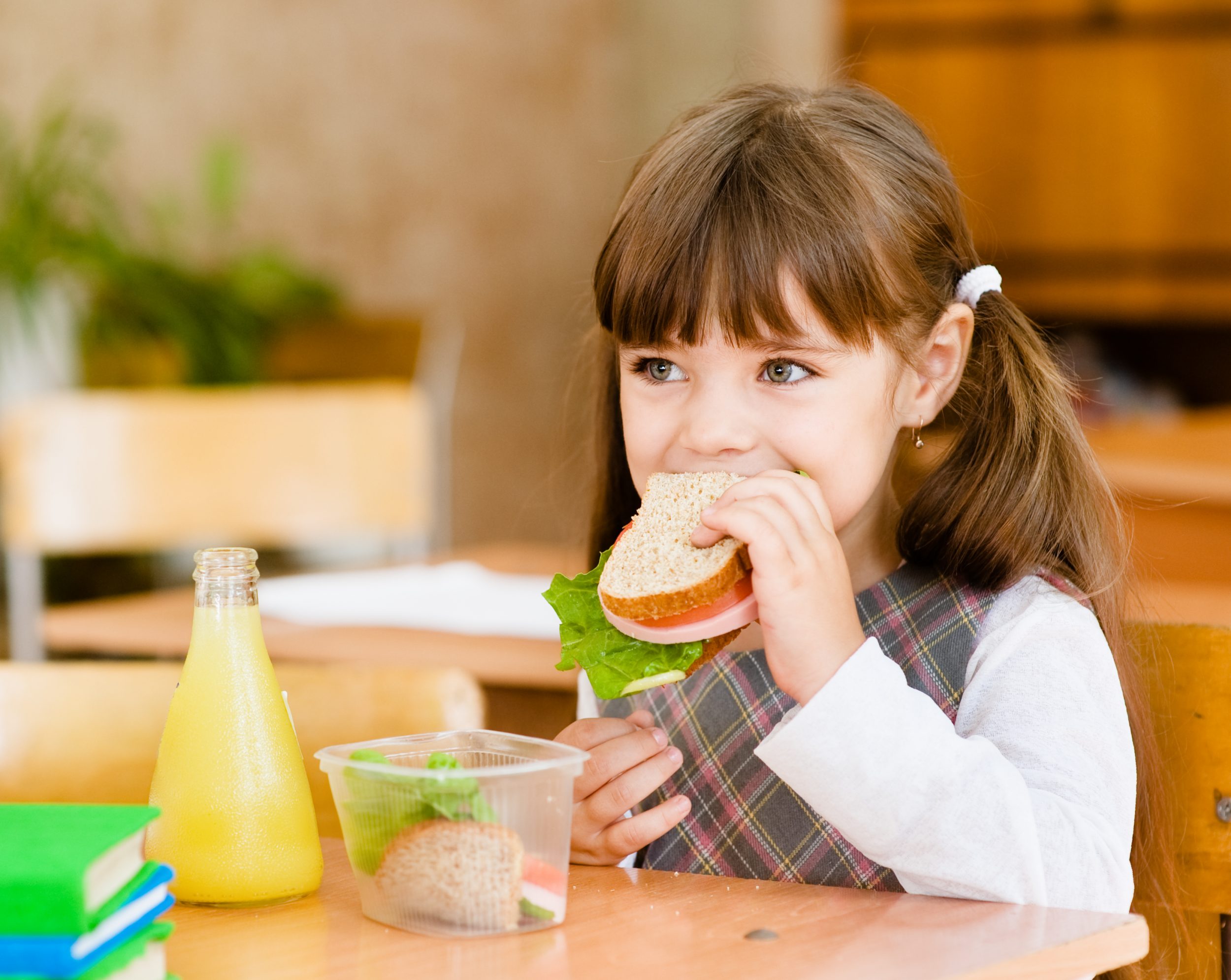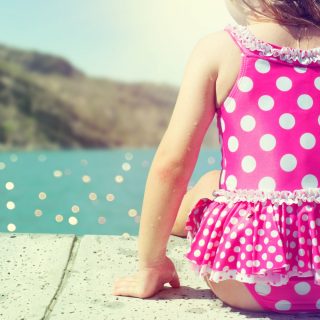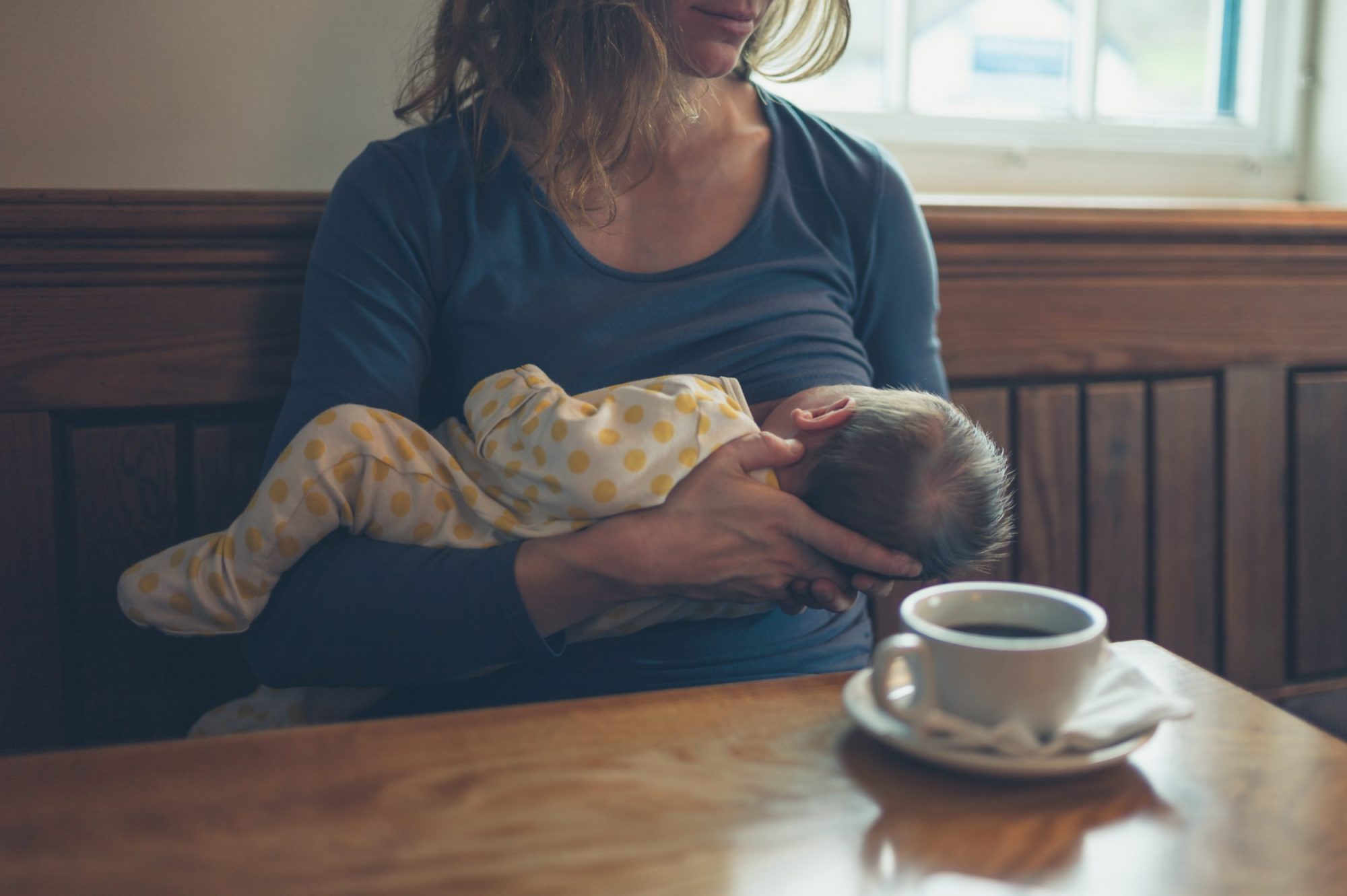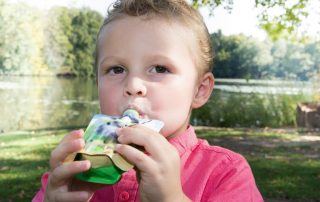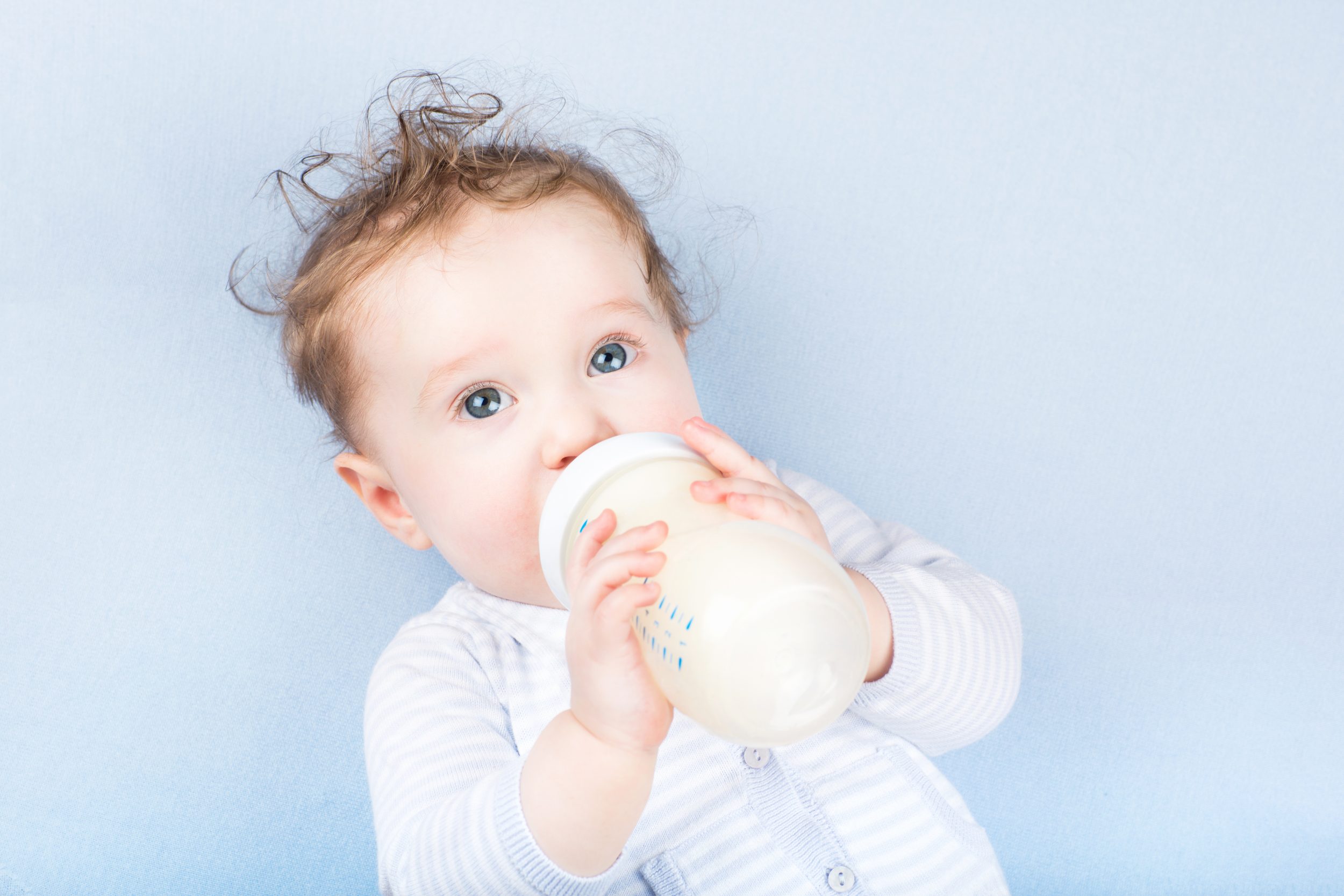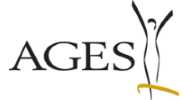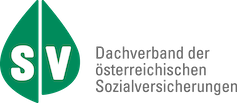Healthy eating for children
Water is the best drink Make sure your child drinks enough. Always give your child a drinking bottle. Water is best! Children between the ages of 4 and 10 need 1 to 1.2 litres of water every day. Only rarely give your child fruit juices. If you do give your child fruit juice, it should be very diluted. Your child should not drink any other drinks with sugar - no soft drinks, sports drinks, fruit nectar or syrup. Sugar and acid damage the teeth. Never give your child drinks with caffeine. So no coffee, green tea, black tea or iced tea made from black ...
Suitable snacks and drinks for the journey on holiday
Vacation can be stressful! Long car trips on vacation are often difficult for parents. They wonder: How do I best care for my child? How do I make a healthy and tasty snack? What and how much does my child need to drink? The trip to vacation can be stressful. Many people then reach for sweet and salty snacks. Chocolate bars, chips, and soda are easy to buy. These products often have a lot of sugar, salt, and caffeine. This is not good for children. On www.lebensmittellupe.at you can compare the sugar and salt content of sodas. Homemade snacks are better. You know exactly, ...
What should you avoid while breastfeeding?
Alcohol, nicotine and caffeine Alcohol, nicotine and caffeine pass into breast milk. Do not drink alcohol while breastfeeding. This is best for you and your baby. This is especially true if the baby only receives breast milk. Remember: alcohol can also be in pastries, sweets or sauces! If you drink a small glass of champagne, beer or wine on special occasions, it is best to do this directly after breastfeeding. Caution! You will also react less quickly if you drink alcohol. Anyone caring for a baby must be aware of this to avoid accidents. Smoke ...
Squeezers? Better not!
"Squeezers" are porridge, rice pudding, pudding or similar in a bag. It is often fruit porridge. This looks like a healthy option. But there can be a lot of sugar in these products. Remember: fructose is also sugar. So a squeeze is not the same as a piece of fruit. Children absorb a lot of energy from these foods. As a result, your child may quickly overeat. There are up to 15 grams of sugar per sachet in the Quetschies! Children in the 1st year of life are often given Quetschies as complementary food. Complementary food is food that the baby eats in addition to breast milk.
Infant formula and follow-on formula
Wird nicht oder nur teilweise gestillt, ist industriell hergestellte Säuglingsanfangsnahrung in diesen Situationen die beste Alternative zu Muttermilch. Das Expert:innendokument „Informationen zu Säuglingsanfangs- und Folgenahrung sowie Kindermilch“ liefert Wissenswertes rund ums Thema Muttermilchersatzprodukte und unterstützt somit die Weitergabe einheitlicher, wissenschaftlich fundierter Informationen an Gesundheitsprofessionist:innen, um eine klare und strukturierte Ernährungskommunikation an Eltern und Bezugspersonen in ganz Österreich sicherzustellen. Informationen zu Säuglingsanfangs- und Folgenahrung Download Weitere Informationen und Empfehlungen zu "Ernährung in der Schwangerschaft" finden Sie unter: Empfehlungen Rezepte für die Schwangerschaft und Stillzeit
Ordering brochures possible again!
Dear parents, carers and interested parties! It is once again possible to order our brochures via the brochure service of the Ministry of Social Affairs. Via the following link: Broschürenservice Sozialministerium or by calling +43 1 71100 - 86 25 25 to obtain them free of charge. These brochures are available to order: "Now I'm eating with the grown-ups! Eating right for one to three-year-olds‘ - German ’Jetzt ess ich mit den Großen! Eating properly for one to three-year-olds‘ - Bosnian-Croatian-Serbian ’Now I'm eating with the grown-ups! Eating right for one to three-year-olds‘ - Turkish ’Now I'm cooking with the grown-ups! Recipes for one to three-year-olds" ...

